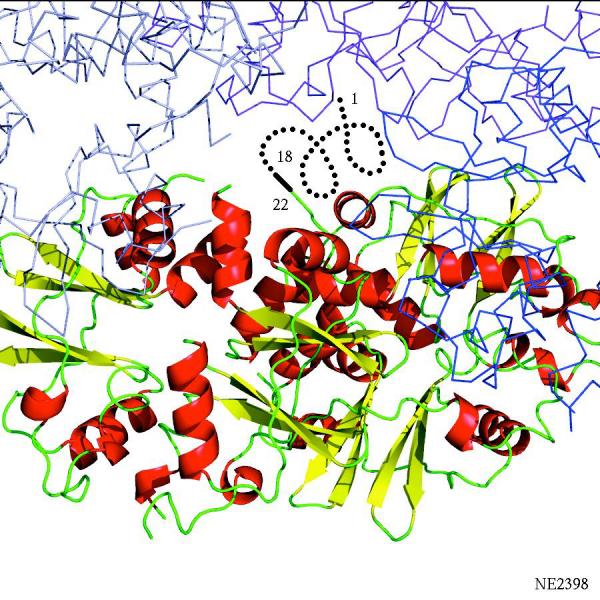In order to examine the structures of proteins, biologists must turn a mixture of purified proteins into crystals with an organized and ordered structure, but until now this was a long and expensive process

Researchers from the Midwest Center for Structural Genomics (MCSG), the Structural Genomics Corporation (SGC) and the US Department of Energy's Structural Biology Center (SBC) have developed an improved method for assembling proteins that will facilitate experiments to examine their precise structures.
In order to examine the structures of proteins, biologists must turn a mixture of purified proteins into crystals with an organized and ordered structure. Each protein consists of chains of amino acids as subunits arranged in the form of coils, loops and strips. In some proteins the internal arrangement is less compact than others; In these types, disordered amino acid chains jiggle out of the protein as split ends. Assembling proteins that contain many such flexible regions is more complicated and challenging than more organized proteins, explains biologist Andrei Joachimiak, who leads the aforementioned research.
"We tried to find a way to remove these disordered areas using computer simulations, but it was too challenging a process," said the researcher. "Our new method is fast, cheap and applicable to very diverse purposes, from pathogenic bacteria to human proteins."
In order to try and speed up the effectiveness of the formation process, the group of researchers added a natural biological substance called "protease" - a certain type of enzyme capable of breaking down the chemical bonds between the amino acids of the proteins. Once added, the enzyme selectively targets these disordered regions and trims their split ends as if it were "molecular scissors". The researchers were able to formulate and examine nine such "truncated" proteins that previously failed others in many and complex attempts to examine them using X-ray crystallography. "This simple method offers an opportunity to reveal and characterize the structures of dozens of proteins that until now we could only study using tedious and expensive instruments and research tools," says the lead researcher.
This method known as "limited in situ proteolysis" represents only one possible alternative out of several "extraction routes" used by biophysicists to obtain more usable crystalline proteins and reduce the amount of waste, says the researcher. Today, researchers' efforts to produce and then examine crystals at the Department of Energy's National Laboratory provide structural information only about fifteen percent of the time. By using proteases to remove some of the protein sample, our researchers were able to increase the efficiency by six percent. The researcher qualifies and claims that scientists are still unable to successfully synthesize every existing protein, even after using this new method. "There will still be certain proteins that are resistant to formation," he admits, "but we are making progress in our understanding of exactly how these essential components behave."
http://www.sciencedaily.com/releases/2008/03/080314140038.htm
